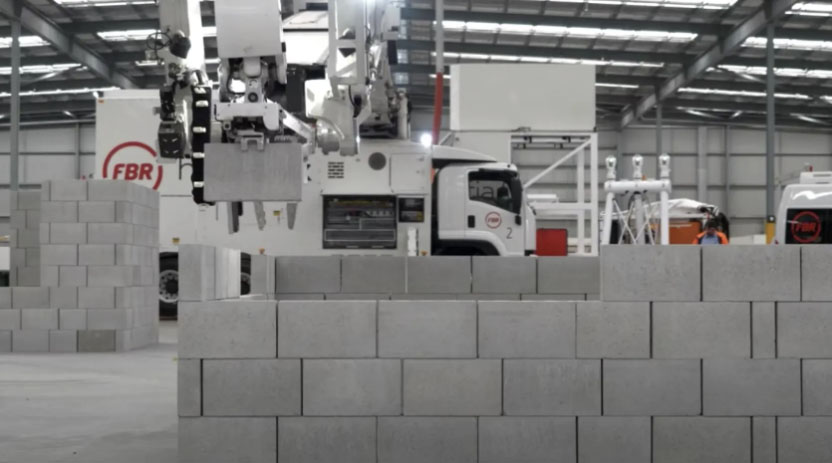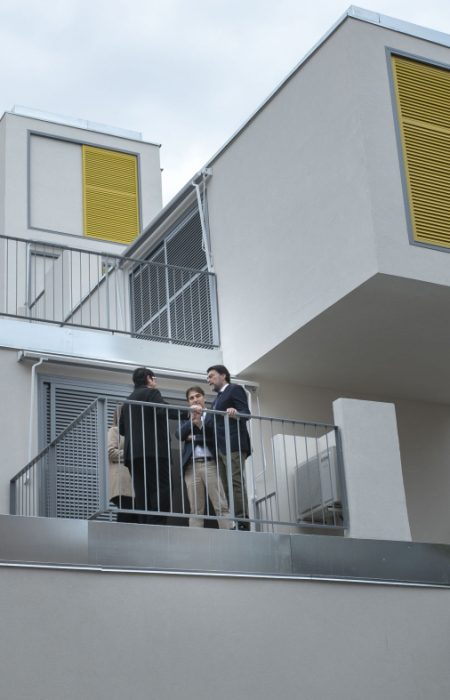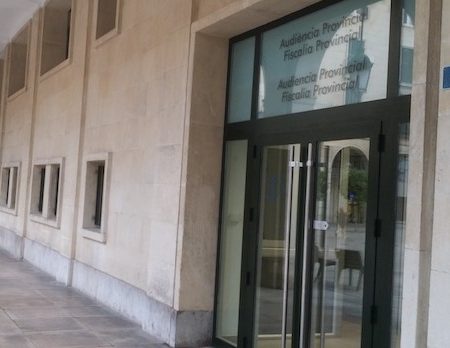Construction industry officials have been saying the same thing for the past few months: there aren’t enough workers. There are several reasons for this, including an ageing workforce that doesn’t have enough new workers coming in and earnings that are lower than what people want.
The solution seems to be moving in one direction: automation with gadgets like the spider-shaped robot that builds 200-square-metre dwellings in less than a day or the bricklayer robot that raises heat-resistant walls.
Research centres and organisations around the world are working on this, with their sights set on the future of building. One of them, the Australian business FBR, is ahead of the rest and has a prototype that is ready to start working on building sites.
We are talking about the most recent version of Hadrian, which just completed its last “factory acceptance tests” at FBR’s Western Australia site. This robot masonry worker put down more than 285 concrete blocks per hour during these testing, which showed that it was more reliable and accurate than prior models.
According to Mark Pivac, the company’s CEO, Hadrian built a 751-block construction in 158 minutes, which was better than before because of “an improved shuttle system and an optimised placement head.”
A better robot
FBR, which used to be called Fastbrick Robotics, showed off the first prototype of the excavator-mounted robot in 2015. It was a little slower and less agile. Since then, it has made constant advancements to its design, which have made it faster and more reliable while laying bricks.
The next generation of Hadrian works in a very similar way to the original version, which could already lay the brick construction of a standard-sized house in around two days, which is about 20 times faster than human bricklayers.
That pace has almost doubled. The robot “has been designed to be able to place blocks at speeds of up to 500 blocks per hour (about 120 m2 per hour).” This indicates that it takes one day to create both the inside and outside walls of a normal double-brick house.
Once it gets to the site, this big truck with a 32-meter telescoping boom is easy to use with a tablet. The goal is safety and little human involvement. It is programmed to put the bricks in the right places according to a CAD plan that was made ahead of time.
Aside from making sure everything is going smoothly, the workers’ only job is to put the pallets of masonry blocks onto the rear of the truck. There, a few robots take them out of the box and, if needed, cut them to size with a circular saw.
How it works
The system transports the blocks through the centre of the boom arm on little “shuttles” one at a time after they are ready. They are sprayed with a specific construction adhesive (so they don’t need to use cement) and then put where they are supposed to go. They cure and harden entirely in less than 45 minutes.
The Australian business names this the Shuttle Block Delivery System. It can fit most commercially available bricks, but it can also be changed to fit any that aren’t yet available. The biggest size is 600 mm x 400 mm x 300 mm and the heaviest is 45 kg.
The Hadrian’s telescopic arm is long enough to create three-story buildings from the ground up without a ladder, and it can place blocks within 50 millimetres of existing walls.
The company also says that it can run 24 hours a day, seven days a week, in almost any kind of weather, with just two operators.
The robot’s latest updated version has a distributed control architecture, which makes it a very dependable system that makes it easy to customise, fix, and swap out individual modules.
This manner, if something goes wrong or the platform needs to be changed for a specific project, the change may be accomplished fast and without any problems. The saw module’s new design lets it make height, mitre, and gable cuts in blocks, which makes it even more useful.
His “partner” Mantis
FBR has also built and started mass-producing another robot called Mantis, in addition to Hadrian. Its goal is to provide an automated solution for welding jobs that usually need a lot of physical skill and precision, focussing on industries like mining, defence, and shipbuilding.
The robot’s design focusses on an arm that can reach eight meters, which lets it cover a lot of ground and work at more than one station.
The key technological part is Dynamic Stabilisation Technology (DST), which is the proprietary system that FBR first designed for Hadrian.
This technology makes it very stable for doing complicated welds, especially in situations that aren’t controlled and shake a lot, which makes sure the work is done right. The Verbotics platform is used to program the system. This lets you test tasks before doing them in the field.
The Mantis’ main job on construction sites is high-capacity automated welding, which can put down up to 25 kilogrammes of material per hour. It can work nonstop and with steady accuracy, which makes it a useful tool for speeding up the building of massive metal buildings.
The robot can do the same operations over and over again without becoming tired, which makes the workplace safer and more productive by lowering workers’ exposure to welding dangers.









No Comment! Be the first one.